During his inaugural diatribe and throughout the parade, Trump morphed from past practice of a pointed pudgy finger or a pudgy finger and pudgy thumb to a raised fist – from commoner to autocratic ruler.
Anyone who stopped to think realized that at that moment our world changed just as completely from a democracy to something else entirely.
The raised fist specifically tells us at least three things:
1. We are dealing with an individual not fully formed. In fact, a newborn’s hands are clenched because of a reflex called the palmar grasp reflex. It is present in newborns and will be present until the baby is 5-6 months old. You can stroke an object, like a finger, in a newborn's palm to see the reflex. The baby will close his fingers and grasp the finger.
2. We are dealing with a not fully formed and ill person. The clenched fist syndrome is a condition in which the patient keeps one or both hands tightly clenched. It is seen in all groups; hand dominance or compensation is not a factor. It usually follows a minor inciting incident and is associated with swelling, pain, and paradoxical stiffness.
3. We are dealing with a person not completely formed, ill and dangerous. The raised fist, or the clenched fist, is a symbol or salute to followers and an expression of unity and defiance. The salute dates back to ancient Assyria as a symbol of power and resistance.
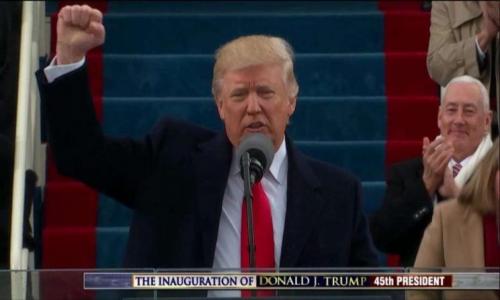

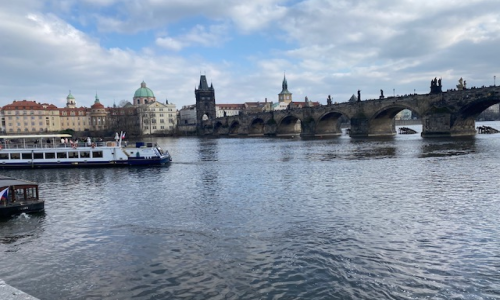


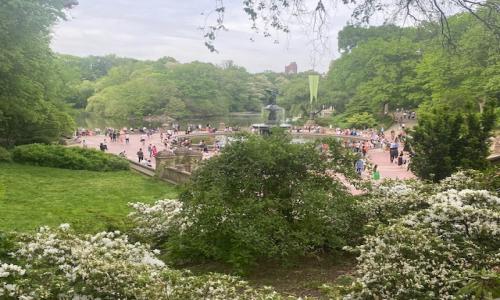



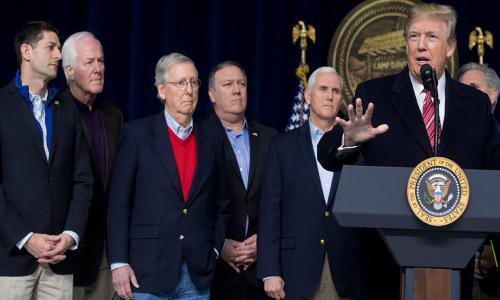

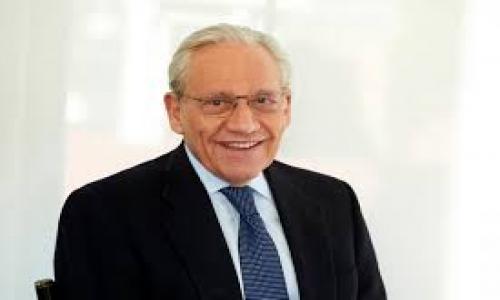

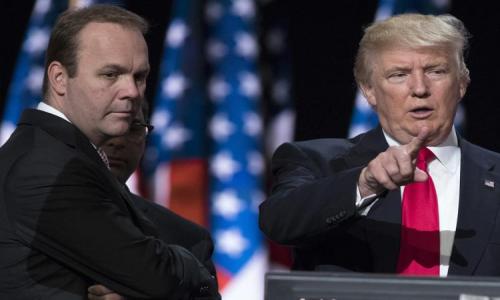
Add your Comment
use your Google account
or use your BestCashCow account